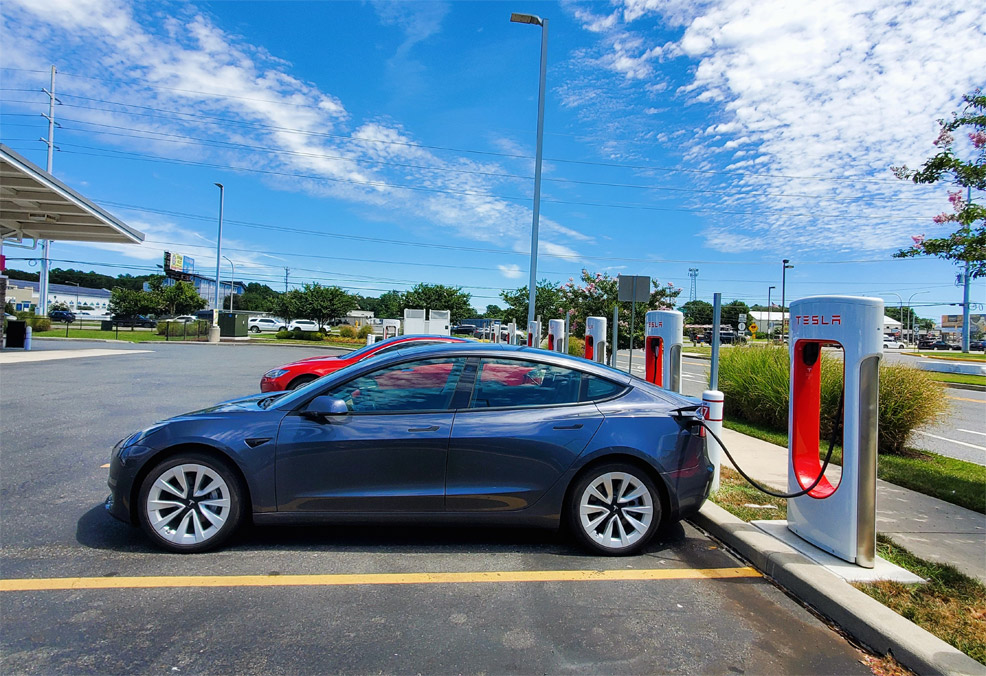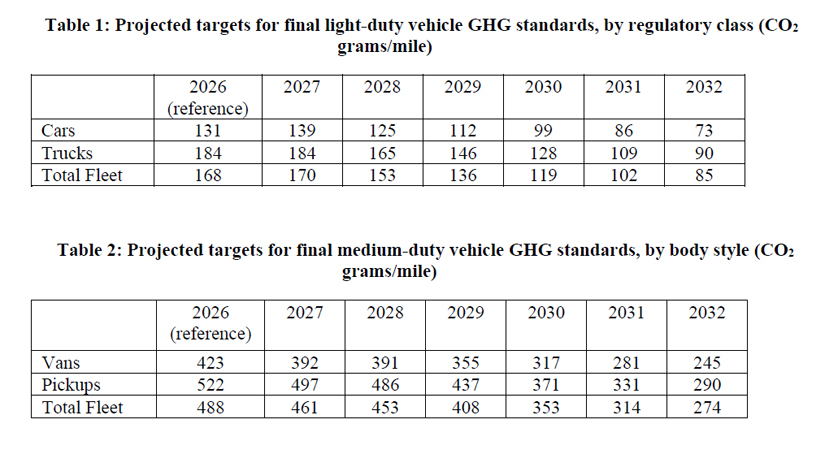
20th March 2024 New U.S. vehicle emission standards for 2027–2032 The Biden administration has today announced new vehicle emission standards for 2027–2032, as it pushes for wider adoption of hybrid and electric vehicles.
Automobile emissions in the United States could be slashed by half within the next eight years, thanks to new standards finalised and published today by the Environmental Protection Agency (EPA). The ambitious set of rules – not only aimed at reducing air pollution, but also cutting fuel costs – are to be phased in between 2027 and 2032. Annual sales of electric vehicles (EVs) in the United States crossed the one-million mark for the first time in 2023, an increase of 52% compared to 2022, with a market share now reaching 7.5%, according to S&P Global. However, their growth slowed in the final months of 2023 and into 2024, amid concerns over prices and charging infrastructure. Today's new emission rules – combined with incentives from the Inflation Reduction Act – could help to get sales back on track and boost the adoption of cleaner vehicle technologies. These latest standards are based on grams of greenhouse gases (GHG) per mile. Light-duty vehicles (i.e. passenger vehicles like sedans, SUVs, and trucks) are required to lower their GHG output from 170 grams/mile in 2027 to under 85 grams/mile by 2032. Medium-duty vehicles (i.e. vans and pickups) have a target of 461 grams/mile in 2027 and 274 grams/mile by 2032.
According to the EPA, these measures will prevent over 7 billion tons of carbon emissions and provide nearly $100 billion of annual net benefits to society, including $13 billion of annual public health benefits due to improved air quality, as well as $62 billion in reduced annual fuel costs, and maintenance and repair costs for drivers. By 2055, the reduction in fine particulate matter and ozone will mean 2,500 fewer premature deaths each year, in addition to fewer heart attacks, respiratory and cardiovascular illnesses, cases of aggravated asthma, and patients with decreased lung function. The agency also projects an increase in U.S. auto manufacturing employment in response to these final standards, which aim to provide greater certainty for the auto industry, catalyse private investment, and create well-paying union jobs. The EPA received extensive feedback on its proposed rules, including from written comments, testimony at public hearings, and other stakeholder engagements. These final standards are informed by the best available data in the public record and rigorous technical assessments. "With transportation as the largest source of U.S. climate emissions, these strongest-ever pollution standards for cars solidify America's leadership in building a clean transportation future and creating good-paying American jobs," said EPA Administrator Michael S. Regan. "This is a day to celebrate American achievement," said Amanda Leland, Executive Director of the Environmental Defense Fund. "The step EPA is taking today will slash climate pollution and air pollution. It will bring more jobs for workers, more choices and more savings for consumers, and a healthier future for our children. The U.S. has leapt forward in the global race to invest in clean vehicles, with $188 billion and 200,000 jobs on the way. Jobs in communities across the country – in places like Michigan, Nevada, and Kentucky. These clean car standards will help supercharge economic expansion and make America stronger."
Comments »
If you enjoyed this article, please consider sharing it:
|
||||||








